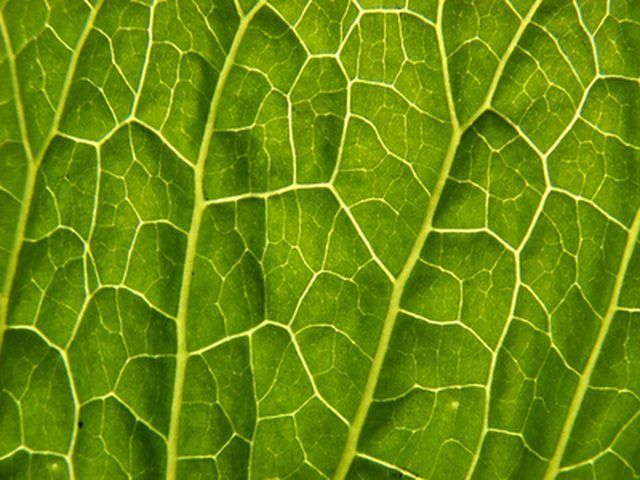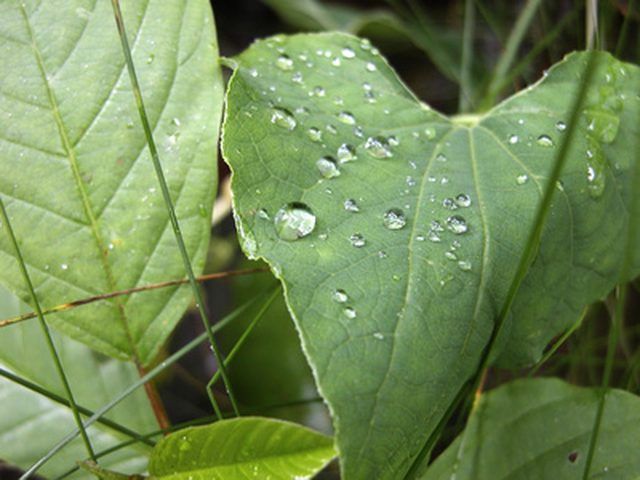Bulbs
Flower Basics
Flower Beds & Specialty Gardens
Flower Garden
Garden Furniture
Garden Gnomes
Garden Seeds
Garden Sheds
Garden Statues
Garden Tools & Supplies
Gardening Basics
Green & Organic
Groundcovers & Vines
Growing Annuals
Growing Basil
Growing Beans
Growing Berries
Growing Blueberries
Growing Cactus
Growing Corn
Growing Cotton
Growing Edibles
Growing Flowers
Growing Garlic
Growing Grapes
Growing Grass
Growing Herbs
Growing Jasmine
Growing Mint
Growing Mushrooms
Orchids
Growing Peanuts
Growing Perennials
Growing Plants
Growing Rosemary
Growing Roses
Growing Strawberries
Growing Sunflowers
Growing Thyme
Growing Tomatoes
Growing Tulips
Growing Vegetables
Herb Basics
Herb Garden
Indoor Growing
Landscaping Basics
Landscaping Patios
Landscaping Plants
Landscaping Shrubs
Landscaping Trees
Landscaping Walks & Pathways
Lawn Basics
Lawn Maintenance
Lawn Mowers
Lawn Ornaments
Lawn Planting
Lawn Tools
Outdoor Growing
Overall Landscape Planning
Pests, Weeds & Problems
Plant Basics
Rock Garden
Rose Garden
Shrubs
Soil
Specialty Gardens
Trees
Vegetable Garden
Yard Maintenance
The Function of the Stoma
The Function of the Stoma. A stoma -- plural stomata -- allows a plant to control the amount of carbon dioxide and water vapor moving in and out of the plant. Stomata are found on all parts of the plant except the underground parts, particularly on the leaves.

A stoma -- plural stomata -- allows a plant to control the amount of carbon dioxide and water vapor moving in and out of the plant. Stomata are found on all parts of the plant except the underground parts, particularly on the leaves.
Description
A stoma, which is Greek for "mouth," is an opening in the plant's skin. Each stoma is bordered by two guard cells that control the size of the opening, based on factors like atmospheric conditions and light levels.
Considerations
Plants need open stomata during the day so carbon dioxide for photosynthesis can enter. The "cost" of open stomata is water loss through transpiration, and through natural selection, each plant species has found the optimum amount of opening to minimize the cost-to-benefit ratio in its environment.
Number
Deciduous trees have more stomata per square millimeter than grasses. Stomata density increases when the benefit of more stomata is highest or the cost is lowest; parts of the plant in bright light, plants in humid environments and plants in low-carbon dioxide conditions have the highest stomata densities.
